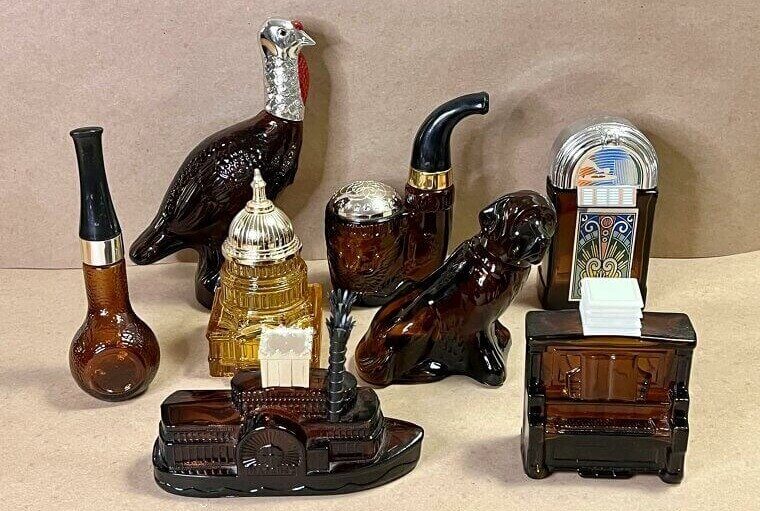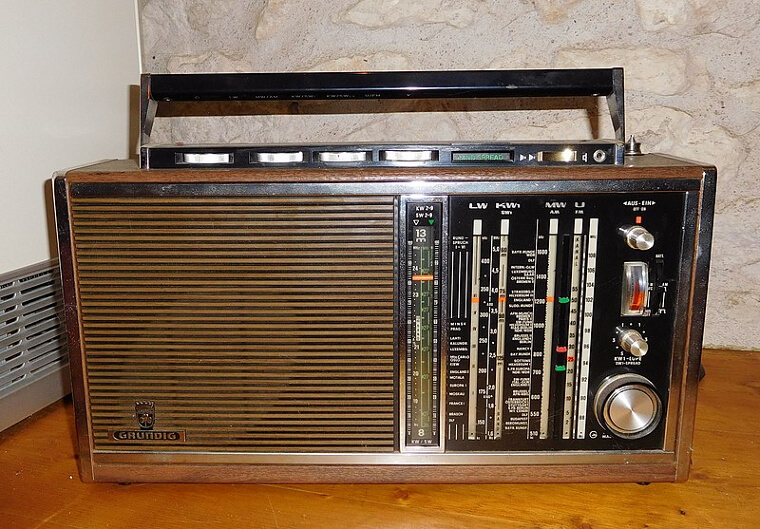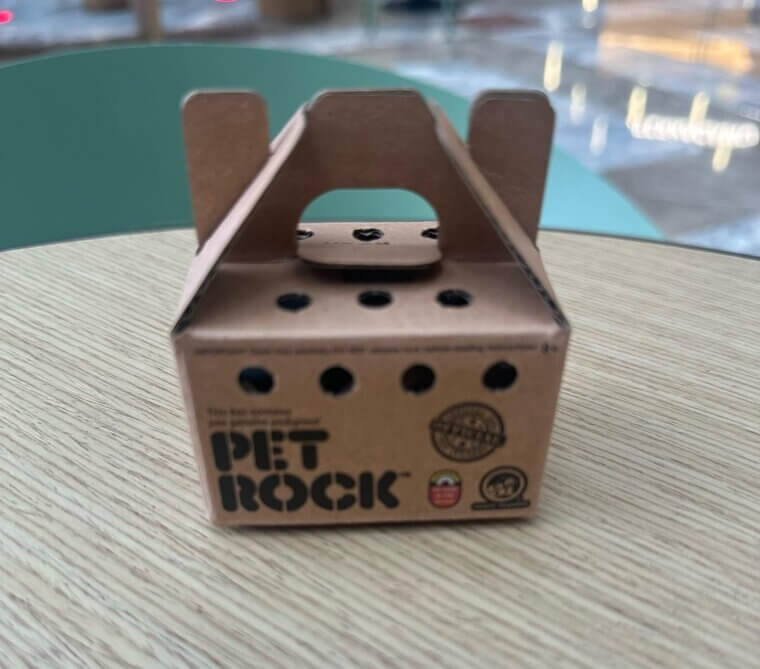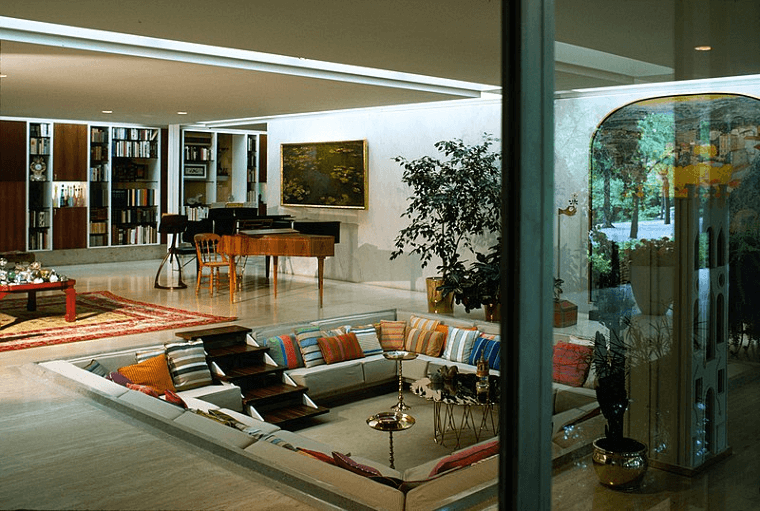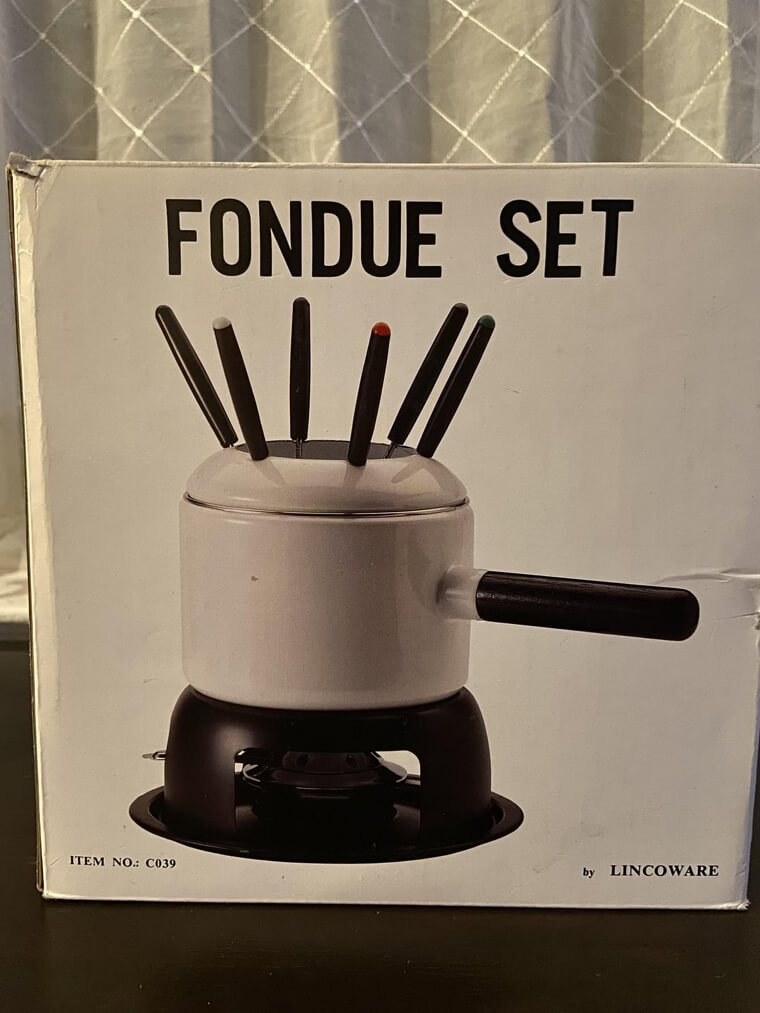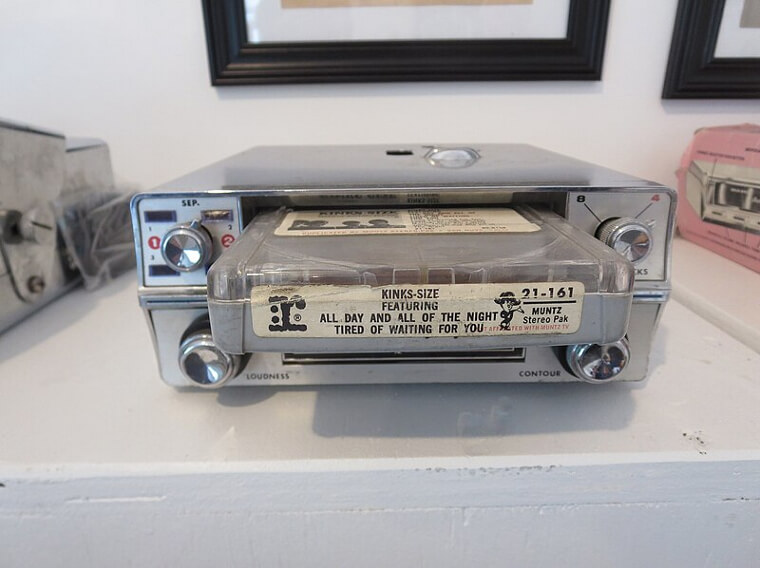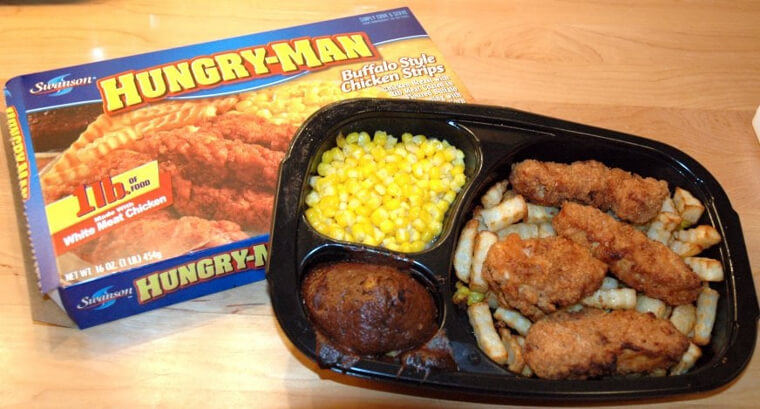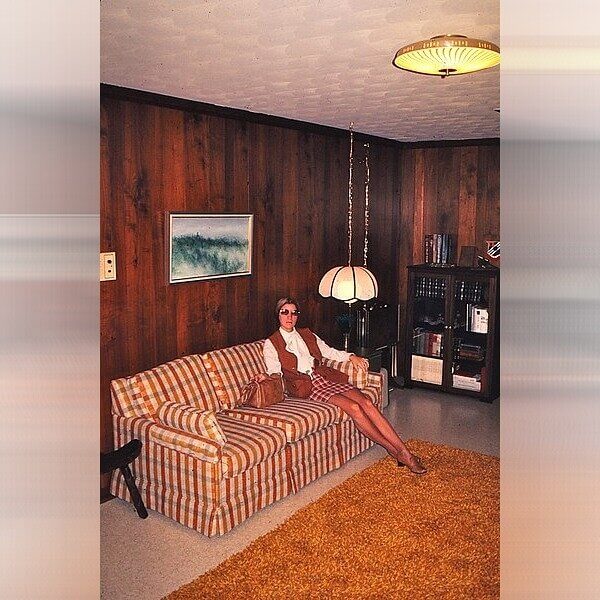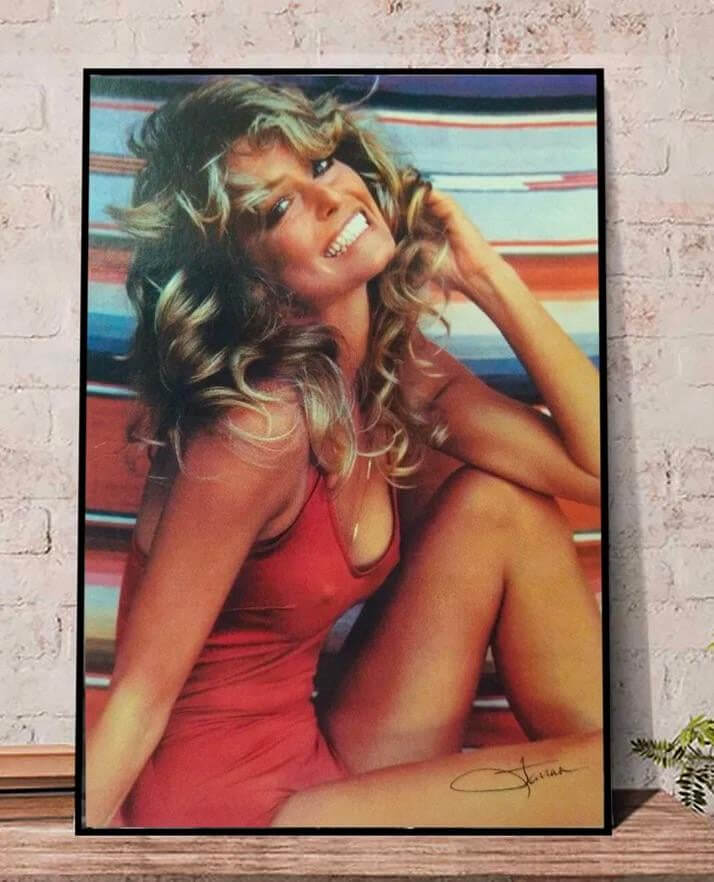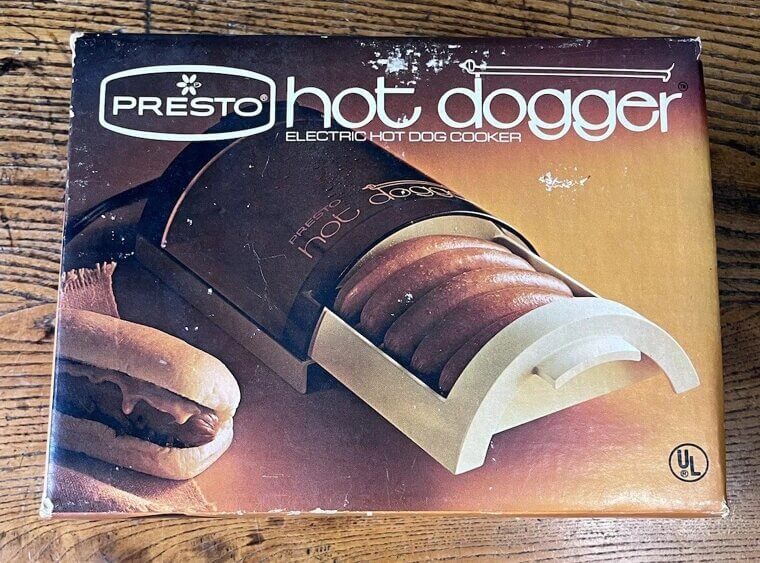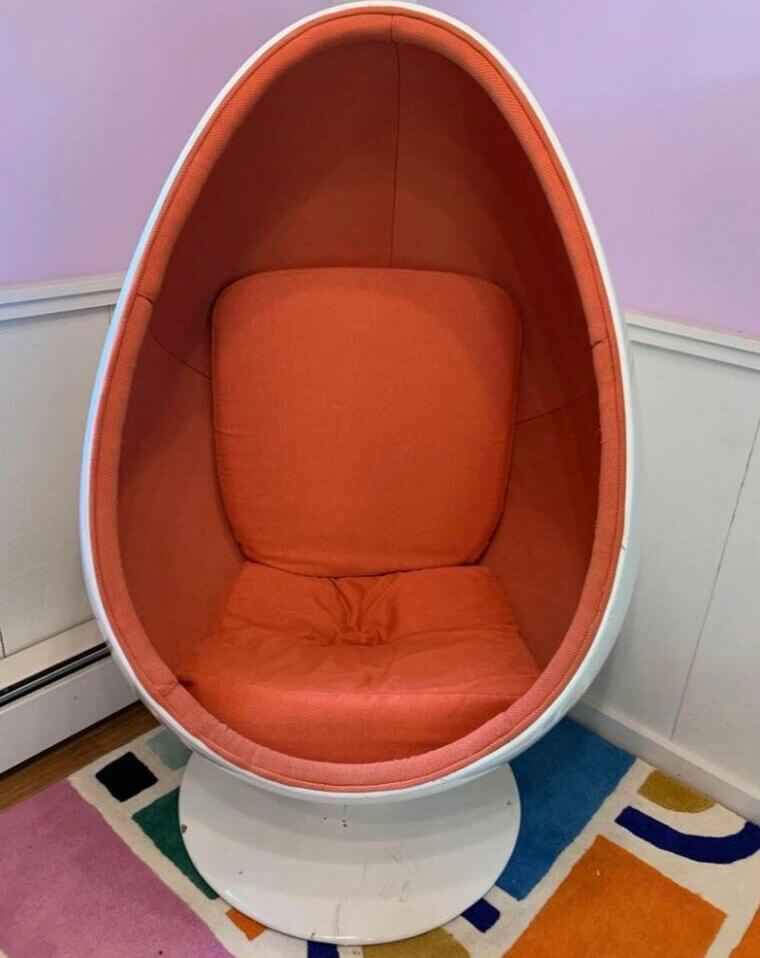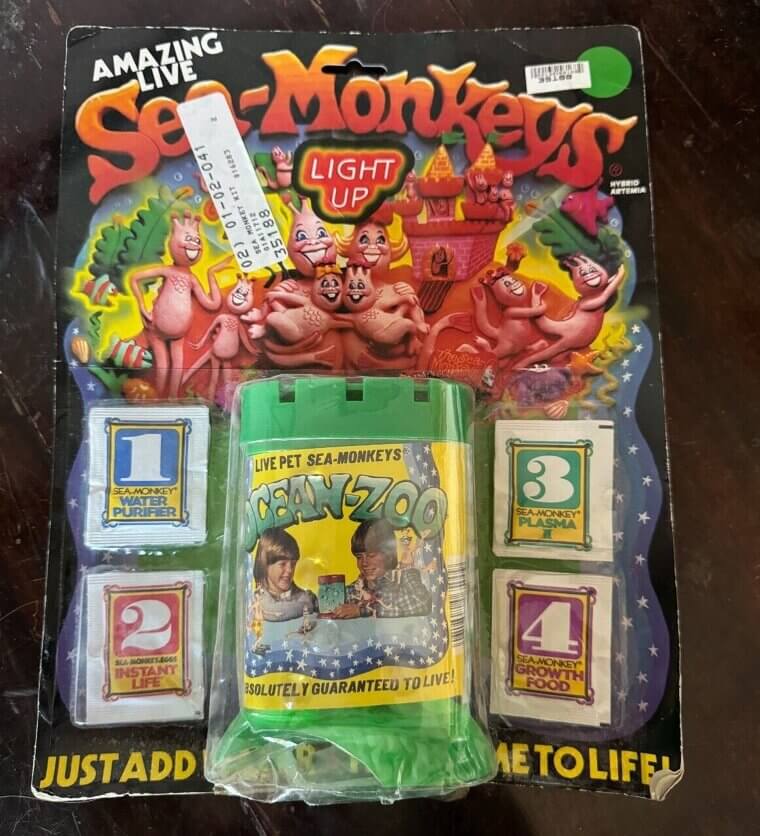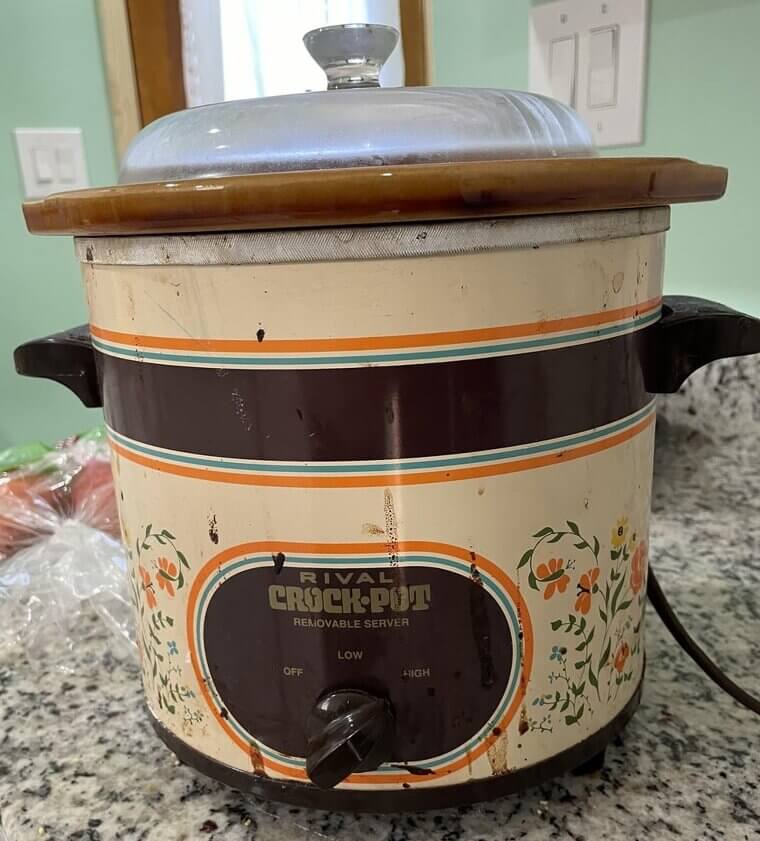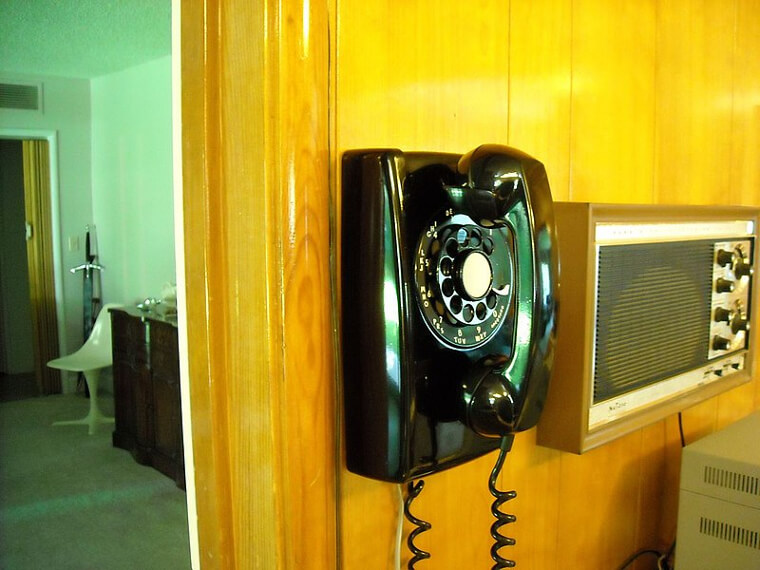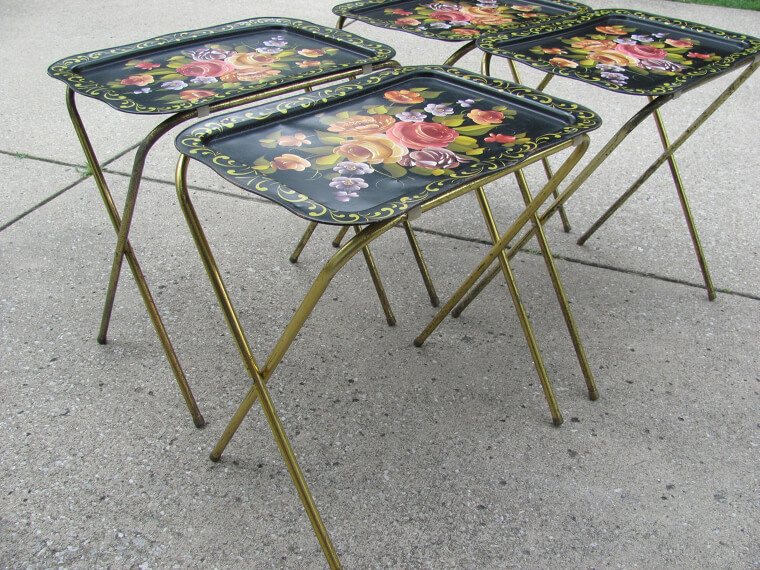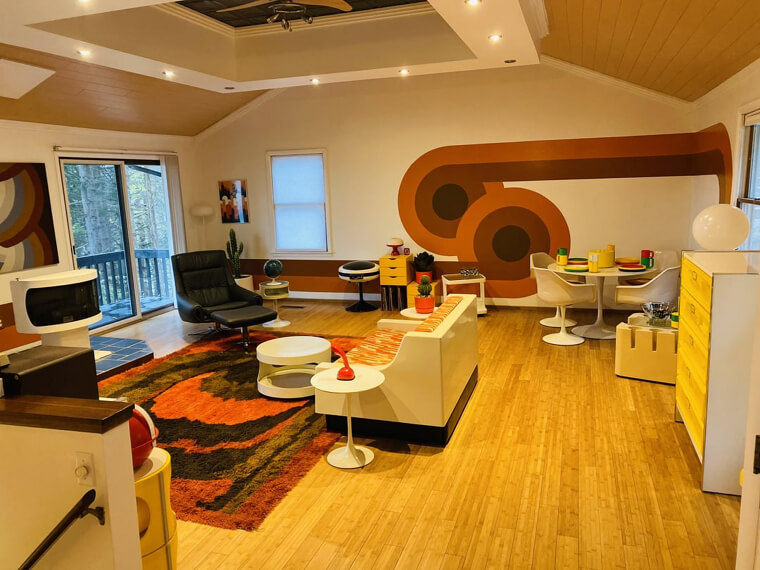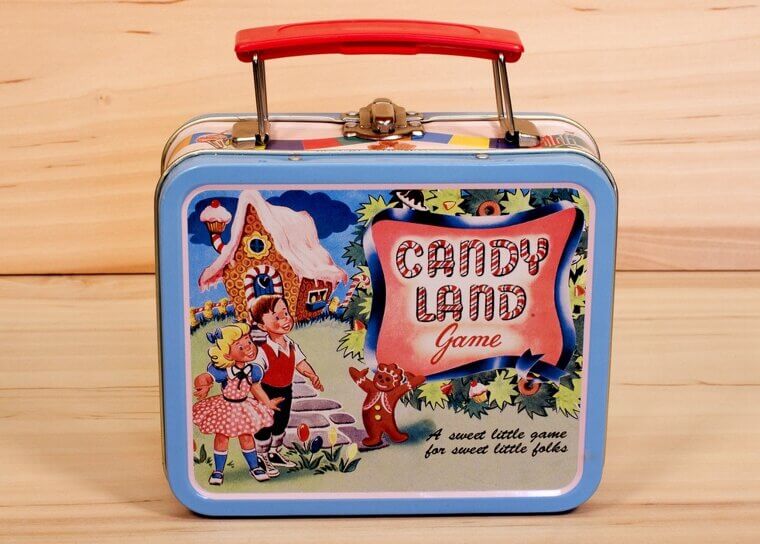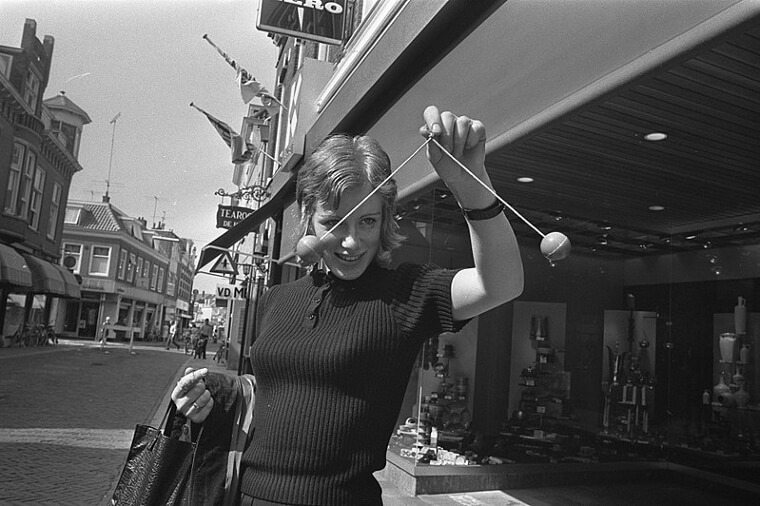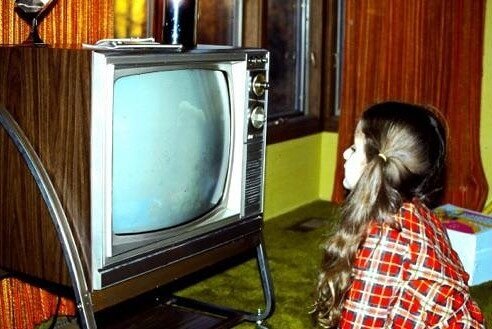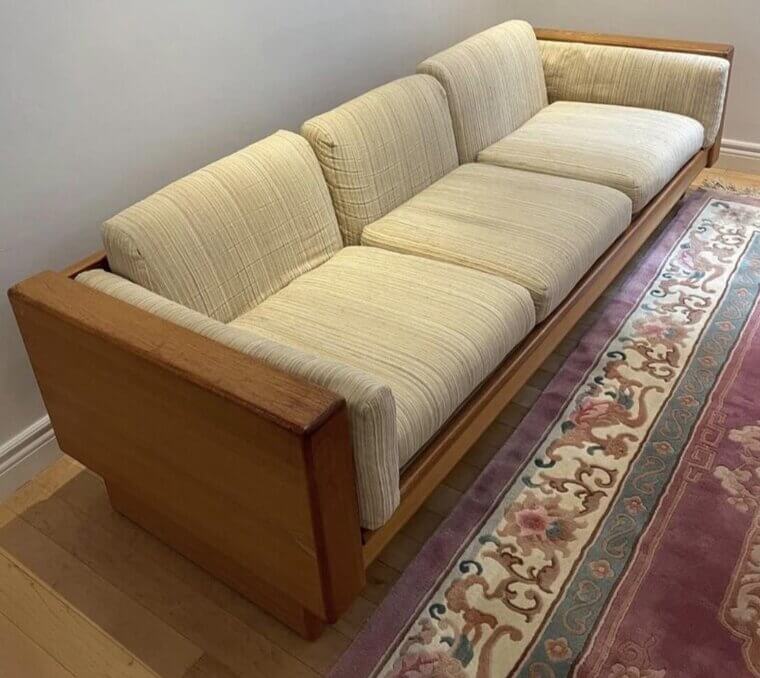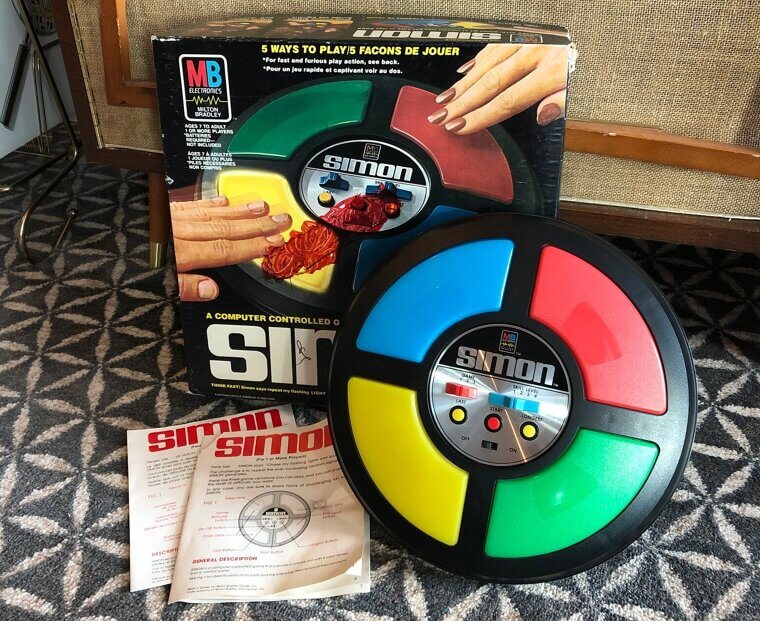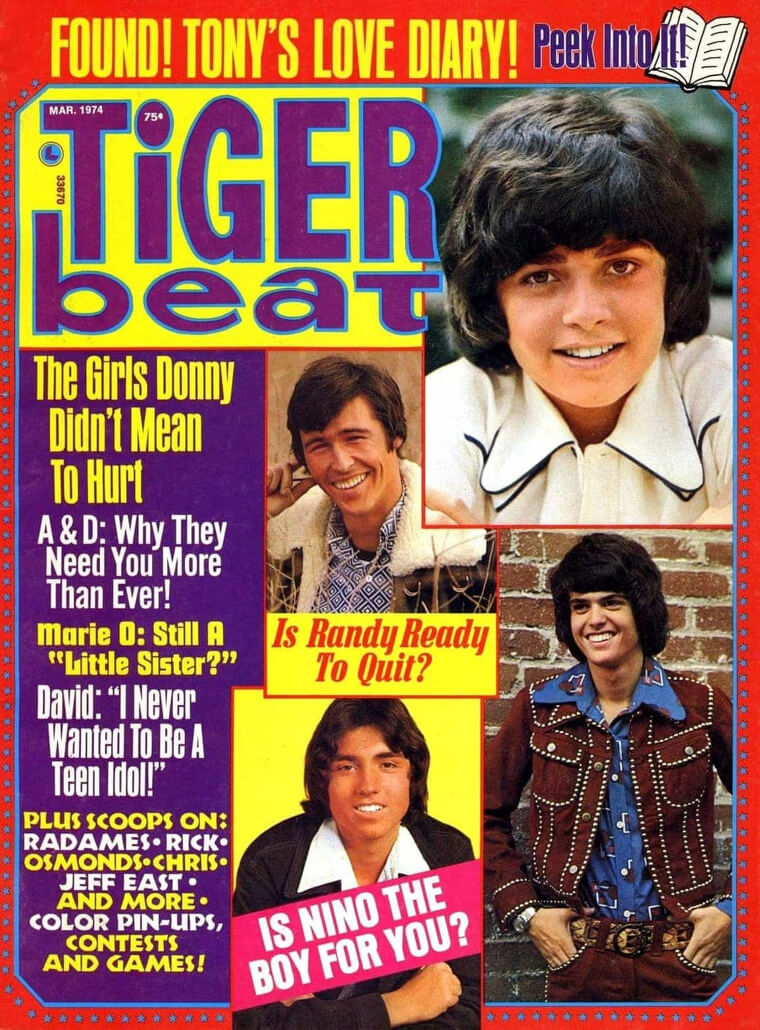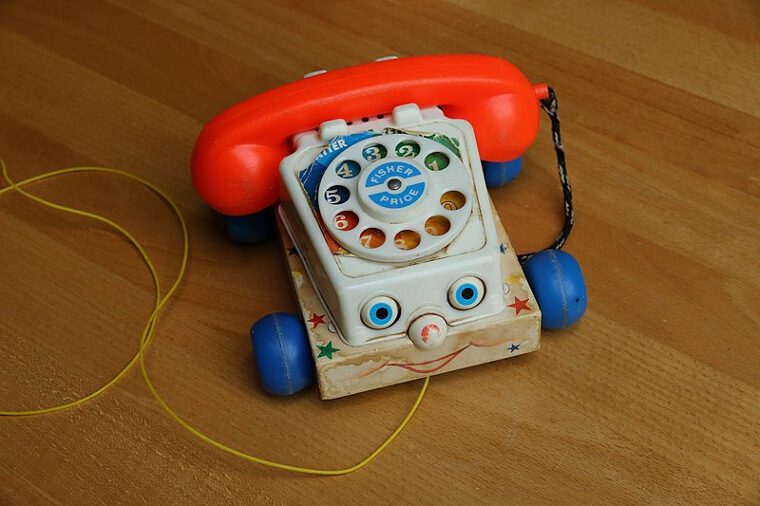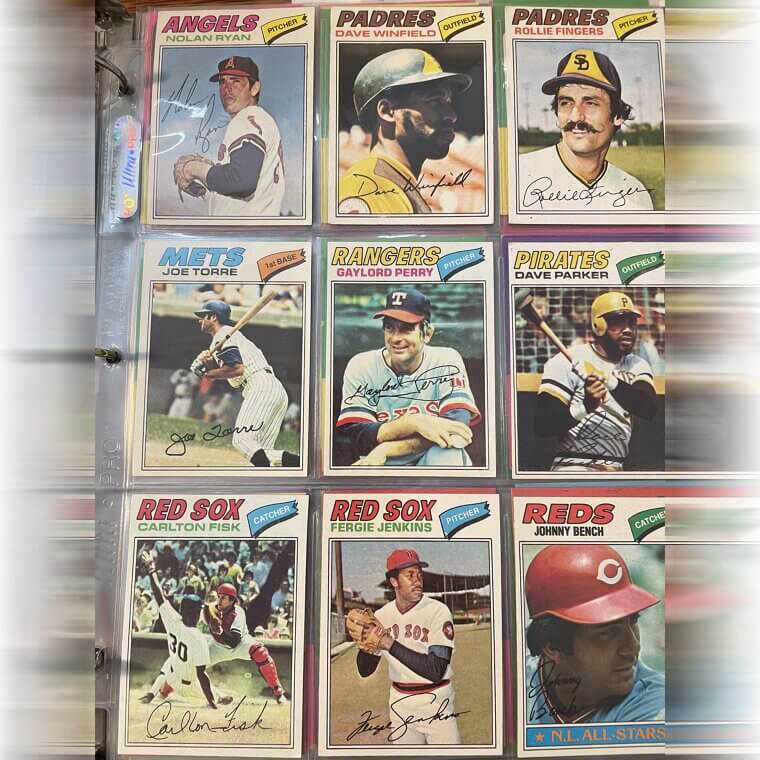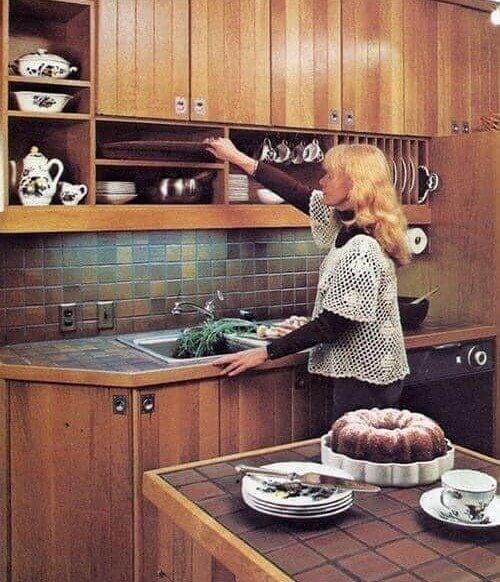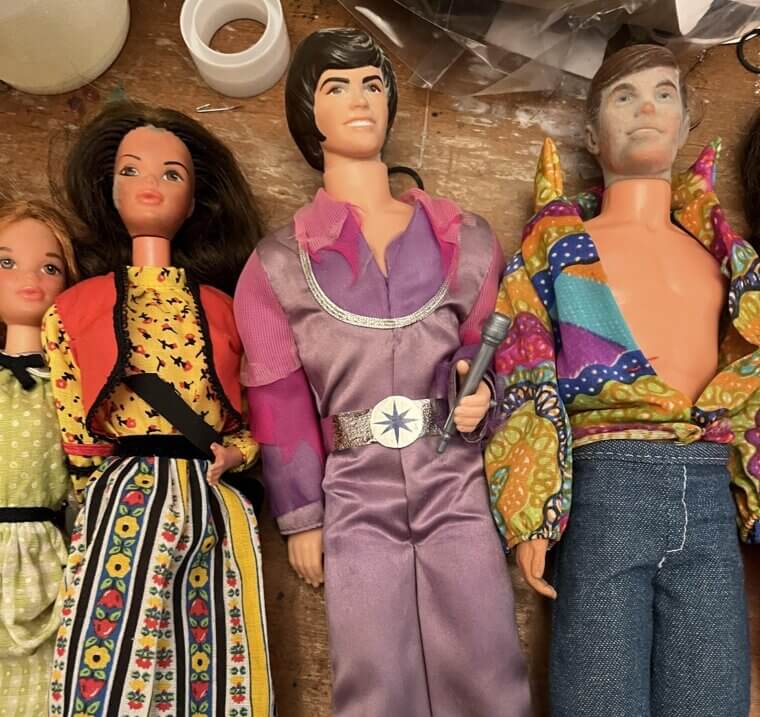Avon’s Collectible Perfume Bottles
Remember those beautiful Avon perfume bottles that used to sit on every dresser and vanity? Shaped like classic cars, elegant swans, and even playful owls, they weren’t just fragrances—they were keepsakes. Every Avon lady had a catalog filled with new designs, and it was always exciting to pick out the next one.
Even long after the perfume was gone, those bottles stayed, decorating shelves and sparking memories of a time when a simple, sweet scent felt like a little luxury.
Colorful Tupperware
Tupperware remains one of the most popular household brand names, and it is trusted to keep everyone's food stored safely. Founded originally in the '40s, Tupperware has grown exponentially, and the name is even used for non-Tupperware products, given its popularity. Their great success came to an all-time high in the '70s with the famous Tupperware parties, where Tupperware ladies would go from door to door selling these in a small social event.
This unique marketing strategy ensured that every household had at least one piece of colorful Tupperware. However, these would eventually fall out of favor as cheaper alternatives became more popular.
Transistor Radio
The transistor was invented in the '40s, and the technology was adapted into many other inventions, leading to the transistor radio that was popular in the '60s and '70s. At the time, they were the most widely used electronic device for communication, with millions sold worldwide. At the height of their popularity, stores ran out of stock multiple times, even with the then-hefty price tag of $50 (which is pretty pricey by today's standards too).
Nowadays, with radios being superseded by new forms of technology, these items can often be seen being sold to collectors online for upwards of $50, depending on the model and make, and are often still fully functional.
Pet Rock
1975 was the year that America became infatuated with their new best friend. Ad executive Gary Dahl, a millionaire at the time, conceived this fantastic idea for a new toy, a Pet Rock. Sold for around $4 each, over a million of these were very quickly sold as people flocked to see the novelty. The fun was in the clever marketing, selling them like real pets, as they came in a cardboard box with "breathing" holes and care instructions.
As popular as they were, the novelty soon began to wear off as excitement dwindled after Christmas of 1975. While it made Dahl rich, he came to regret ever coming up with the fad.
Sunken Living Rooms
First appearing in interior design in the late '60s, conversation pits were all the rage in the '70s. They were the way to go when looking for a place to kick back with guests and relax, and while they certainly aren't as popular nowadays, there's a hot debate as to whether they should return. With only a few steps separating the sitting area from the rest, it always felt like stepping into a new room.
While sunken living rooms may have begun being phased out after a decade, many have expressed interest in bringing them back. After all, a defined space to talk and laugh with friends is quite the novelty.
Electric Fondue Kits
Fondue has been popular for many decades, but these at-home kits peaked in the '70s. They were often considered a dinnertime staple in the '70s, especially in the South, and people would use them for all manner of foods. Melted cheese, hot oil, or sweet chocolate are still popular choices, making dinnertime a novelty in many households. One idea as to why it was so popular was the marketing - which was quite excessive.
According to Groovy History, the theory is that marketing cheese as a healthy food, like what you'd find in a ski lodge in Switzerland, made it popular. People could bring that same feeling right into their dining room.
8-Track Tapes
8-track tape players were sold for around $30 apiece in the '70s and were popularized by the likes of Sony, Panasonic, and Pioneer. While they may have begun to fade away stepping into the '80s, these were the precursor to the CD and how people listened to their favorite tracks and albums. Part of the reason for their popularity was that, in the '70s, motor companies were installing 8-track tape players in their cars so people could listen while on the road.
As people began to enjoy the convenience and portability of evolving sound systems, these would eventually be considered obsolete, as nowadays, people can just use their smartphones. Now, these make for novelty collector's items.
TV Dinners
TV dinners started in the '50s and rose in popularity and affordability until their peak in the '70s. They lost interest in the '80s as people slowly realized their health detriments. Before then, though, they were devoured with reckless abandon as people fell in love with the convenience of heating something up quickly without needing to prepare anything beforehand. Even today, people still love their frozen dinners.
The leading cause of their decline in popularity was the outcry of nutritionists over time. These TV dinners were packed with sodium, and there was a developing stigma around eating in front of the TV.
Wood Paneling
Wood paneling is one of the greatest decor trends people remember from the '70s. Nowadays, most people opt for more modern and sleek interior decor, with wooden elements often hidden or highlighted in small ways. It's rare to find a room that's primarily wooden nowadays. Wood paneling is considered to bring down the value of homes today, with many articles and videos online on how to cover it all up.
Whether you loved or hated it, it came with its problems. These wooden boards often had a glossy coating to make them shine and looked more expensive than they were, which conversely made them look cheap sometimes.
Farrah Fawcett Posters
After starting her acting career in 1969, Farrah Fawcett became the it girl of the '70s. She was a name everyone knew, amassing six Golden Globe awards, Four Emmys, and international fame after becoming a Charlie's Angel. One of the most sold posters of the '70s is a classic photograph of the actress in her red swimsuit, selling over 12 million copies. At one point, everyone had likely seen one of these at some point in the '70s.
Despite the popularity falling off as the '80s rolled around, she still managed to get a hefty amount of money from these posters alone, as she got 40% of the profits for that famous photo.
Atari Game Consoles
Atari was the video console that forever revolutionized the gaming world for many. When 1977 rolled around, every kid begged for the Atari Video Computer System, which was priced at $190 at the time, or $850 today. However, despite their domination of the video game market, Atari eventually struggled against its competition as other developers came out with their own consoles. Nowadays, Atari is synonymous with retro, as they never made it out of the era.
After faltering amid competition with Nintendo and Sega and poor management on Atari's part, the company eventually was outpaced in the early to mid-'80s.
Presto Hot Dogger, the Electric Hot Dog Cooker
Coming out of the early '70s was the Presto Hot Dogger, the electric hot dog cooker. Nowadays, most people grill or boil their hot dogs, but when Presto came out with this, everyone opted to electrocute their hot dogs instead. Sold mostly in department stores, these would use an electric current to cook up to six hot dogs in just one minute. Supposedly, they didn't taste too different from the regular hot dogs people knew then.
The '70s was a time rife with strange and head-scratch-worthy inventions like this, and nobody can really say why the Hot Dogger took off in the first place. It's simply a product that spread like wildfire.
Ball and Egg Chairs
With the Space Race sparking many different Space Age designs in the '60s and '70s, many examples of eclectic and era-specific design choices exist. The famous—or infamous—Ball Chair was one such example, originally coming out in the early '60s. This famous design ended up making its way into many films and series, which sparked its popularity in the coming decade. However, it was incredibly expensive, and so many opted for cheaper copycats like the Egg Chairs.
If you look back into many different homes from the '70s, you'll likely find strange egg- or ball-shaped chairs. These became a furniture staple as people invested more in Space Age design.
Sea Monkeys
Another strange toy from the '70s is the famous Sea Monkey. These guys were among the most popular novelty toys and were known for their weirdness and uniqueness as far as designs go. They were a type of brine shrimp sold as eggs that would hatch and grow when added to water. Sea Monkeys would cost around $1.25, which included postage from the "Sea Monkey Aquarium," and eventually grow to be around half an inch.
Because they were so small and largely independent, these novelty pets skyrocketed in popularity, especially as the marketing offered them an alternative to the classic pets that were more complicated to care for.
Bar Cabinets
Wood was one of the staples of the '70s and was implemented in many different pieces. One of the tried-and-true combinations was with liquor, another staple of the era. Bar cabinets could be found in just about any household that enjoyed their drinks, designed to provide easy access to ample storage of your favorite booze. Entertainment was often in mind at the time, so they often had fun butterfly doors that slid open to reveal the treasures inside.
These bar cabinets would slowly phase out as people became more health conscious in the '80s, and drinking became less of a social expectation.
Wood Trim for Station Wagons
"The Woodie" was a popular station wagon body in the '70s. By this time, cars weren't using any wooden components in their construction, but many enjoyed the look of wooden trim, accentuating the exterior of the vehicles with it. These became so popular, in fact, that several motor companies competed to make sales. Ford, Chevrolet, Volkswagen, and Jeep are among the most popular brands offering wood trims for their cars.
While many adore it for the novelty and nostalgia for the era, it quickly fell out of popularity as many saw it as clunky and cumbersome, making the cars look more like furniture than vehicles.
Crock Pots
Slow cookers are still popular today, as it's pretty convenient to throw some ingredients in and leave it to cook while you do something else and have some food ready for dinner. However, the famous Crock-Pot is a trademarked name created by Sunbeam, and these were The slow-cooker to have in the '70s. Following WWII, many women weren't stay-at-home wives anymore. Over several decades, these became the popular option for families to have a meal ready by the evening since now everyone would be working.
While the Crock-Pot would lose popularity as other options rose to the competition, their influence as a household staple is still felt today. Many people still use "Crock-Pot" as the catch-all term for slow cookers.
View-Masters
Another classic toy that took American families by storm was the View-Master. Trademarked by William Gruber for Mattel, these toys first came about in the '30s and were a staple until the '70s, when the new version finally dropped. The Talking View-Master included audio with its 3D images, and it also came with the View-Master Rear Screen Projector, a tabletop projector you could get with the toy. Those were the days!
These vintage toys were all the craze for decades but eventually died out after the '70s. Collectors love to grab them for upwards of $50 apiece.
Wall Phones
In modern homes, you might be hard-pressed even to find a household telephone anymore. But looking at any series of films from the '70s or set in the '70s, there will likely be multiple shots of people answering their wall phones. Hooked to the wall with a long cable that connects to the handset, these wall phones are a look into the history of our portable smartphones. Motorola made one of the most popular options at the time and was the first actually to innovate and make a portable option.
Even then, the portable options were too cumbersome and opposite of convenient, so many still preferred their wall phones for quite some time before cell phones could catch up.
TV Dinner Tray Tables
With the rise in popularity of the famous frozen TV dinner trays, many people were now moving from enjoying their dinners at the dining table to in front of the TV. With no proper dining table to eat at now and a hot tray of food ready to be eaten, there was the problem of where to place the tray. Tray tables became the new thing, as people now had something to place their hot trays on and still enjoy their meals from the comfort of their sofa or chair.
These trays always had questionable designs and are often considered to be vintage collectors' items nowadays. They often had floral designs and clashing colors that attempted to make them look fancier than they were.
Orange Everything
Looking back at popular '70s decor, there are two things to note: wood was trendy, and so was the color orange. The '70s was a time of significant cultural shift post-'60s, and many were adopting the environmental movement and switching to earthen tones. Because of this, you'll find many homes splashed with yellows, browns, beiges, and, perhaps most popular, orange. The term "earth tones" emerged in the '70s because of these movements.
While we may look back on it now and think it strange, within the context of the era, it actually makes sense. With people now recovering from the Vietnam War, these tones reflected a desire for peace and calmness in their homes.
Metal Lunch Boxes
Kids in the '70s heading to school would have likely gone with their lunch inside a metal lunch box. Often decorated with band, cartoon, comic book, and movie characters that were popular and beloved at the time, these were the hits. Kids showing off their lunch boxes to each other was the norm, but nowadays, they're not quite as popular. King-Seeley was among the most popular brands at the time.
These old lunch boxes are collectors' items nowadays, and many go for around $80 or more online. Many also came with a matching thermos, adding to the collector's value.
Clackers
Clackers were one of those popular toys that many loved and remembered fondly, and then look back on under a more mature lens and realize how dangerous the toy could have been. These toys were two balls strung together with some string, meant to be whirled around and thunk together for a satisfying "clacking" noise. The original toy had to be discontinued as the balls would occasionally shatter against each other, showering kids in shrapnel.
The toy would eventually be reworked and become safer, and become popular again in the '70s. These were safer, but there was always a worry about them, as hard balls swinging around had its own dangers.
Sony Walkmans
The original Sony Walkman came out in 1979, costing around $150 - or $613 by today's standards. These portable audio players quickly became the most popular option for anyone looking to listen to music on the go, becoming one of the most recognizable gadgets of the era. These were so popular that Walkmans became synonymous with portable audio players. By the time Sony stopped production in 2010, they had made 200 million of their Walkmans.
The brand name expanded to include CD players, phones, and other digital devices, but the original Walkman was a simple audio player. These originals now sell for up to $800 online.
TVs Were Somehow Giant and Small at the Same Time
For around $500, a family in the '70s could get a massive color TV console. These are considered behemoths compared to the modern TV, sitting easily at around 100 lbs in your living room. Despite the size of the TV, the screen itself was also tiny, which is often why you'd find many '70s sitting areas so closely packed together. The technology simply hadn't caught up at the time to make TVs a more practical household item for the era, making them clunky and difficult to work with.
As time went on, TV screens got bigger, and the console portion became much smaller. Nowadays, these TVs are strange compared to the modern flatscreens from Samsung and LG.
Short Shorts and Tube Socks
The classic combo of short shorts and tube socks came out when summer came around. Everyone, men and women, had at least one of these pairings in their wardrobe. This outfit was the choice, especially for active people who enjoyed being out in the sun. Sports stars like Pele, Dr. J, Kareem Abdul Jabbar, and Bjorn Borg all helped popularize the outfit. However, like many fashion fads, these wouldn't last and would eventually be mixed with other clothes.
The tube socks would be traded out for ankle socks, though the short shorts would remain popular for some time after, even popping up today.
Wood-Frame Furniture
Wood was one of the most popular materials in the '70s, featuring many different decorative options. You'll find it almost anywhere, from wood paneling to wood-frame furniture. Finding a piece of furniture that doesn't incorporate some wooden components is more challenging. Beech, mahogany, birch, and white ash were among the most popular, with oak, hard maple, and American elm being standard for framing furniture.
With all the wooden frames, it's easy to tell when a piece of furniture comes from the '70s nowadays. Many of these fixtures are perfect for people who enjoy the vintage look.
Platform Shoes
Platforms are a type of shoe that has had a massive resurgence in the last decade, but the height of their popularity was during the disco era of the '70s. The shoes had been around for quite some time, with the first designs being sold in the 1930s, but they were nowhere near as popular as they were 40 years later. Advertised in many magazines as The shoe to own, there were hundreds of different designs.
Many artists at the time, such as David Bowie and David Johansen, would rock platforms on stage. Platforms may have become less popular in the coming decades, but their return clearly makes them timeless.
Simon
In the late '70s, Simon was another popular toy that took the world by storm in a big way. Milton Bradley, the creator, made a ton of money after debuting this hit at a release party at one of NYC's most elite discos, Studio 54. The playground game inspired this toy, Simon Says, and lets kids test their memory by hitting the buttons to repeat a sequence the toy gives them.
The price tag at release was $25, or $92 by today's standards. However, given how rare these can be today, collectors can grab them for up to $150.
Photo Booths
More often than not, you'll most likely encounter photo booths as fun novelties at parties or rarities when going out. They'll often be hired out so people can get together for fun group photos. But in the '70s, these were in just about every mall one could think of, and taking pictures quickly was easier than ever. Today, photography is as easy as pulling out your smartphone, but it wasn't as easy or affordable back then.
As handheld cameras became more affordable, photo booths became less popular until they became the novelty you encounter today.
Vinyl Records
Vinyls had reached their all-time high in popularity in the '70s and were the way to go when you needed music for a party. Most people had a record player back then, as tapes were still on the rise and hadn't quite caught up yet. Unfortunately, these would eventually come to phase out as people would move on to tapes, floppy drives, and CDs. Some of the most popular music of the era still can only be found on vinyl, with many collectors eagerly looking for them.
Old vinyl records can go from anywhere between $10 to $30 online, with rarer options being more expensive. These have quickly become vintage novelties that collectors adore.
Pac-Man Arcade Games
The '70s is largely considered to be the last time Arcade Games were the dominant force in video games. In the following decade, companies like Sega would move to create household consoles. As these came out, arcade games became less and less popular, though you can still find them at arcade centers. Pac-Man is a classic that is still a famous brand today and was easily the most popular arcade game at the time.
Nowadays, Pac-Man is more likely to be found in app form, though you used to be able to play it for $0.10 a game or $0.25 for three.
Tiger Beat Magazine
Tiger Beat was a teen fan magazine that started in 1965 and grew in popularity in the '70s. This magazine ran for decades until 2019 when they issued their final magazine. Published by The Laufer Company, Tiger Beat featured all manner of celebrity gossip, collages, and coverage on films, music, and the latest fashion trends. While this magazine has been discontinued after its declining popularity, older issues have become collector's items, as these have become quite rare nowadays.
Originally, each issue would cost $0.25 apiece. Older collector's issues now sell for $10 to $20 each, a massive markup from the original teen-girl mag.
Polaroid Cameras
Not many nowadays realize that Polaroid is the name of the brand that created the famous camera. First released in 1972, it forever changed the world of photography. By making photographs more accessible to people with no professional training, they could not only make it quick and easy but also become a hit. The price was steep, however, selling for $180 at the time, or $1,166 today. Film packs of ten pictures would also be sold separately for $6.90, or $45 today.
These high prices kept demand relatively low, but Polaroid still became a popular name in photography, so much so that nowadays, many refer to instant cameras as Polaroids.
Fisher-Price Toys
A staple of American culture since it began, Fisher-Price has released many different toys that were hits across the decades. Their '70s toy was a popular set called the "Family Camper," released in 1972. Featuring a Play Family Camper, a toy family of four and their dog, and small accessories, including a grill, motorbike, and toilet. Like many vintage toys, these sell for quite a bit to collectors, with complete sets making the price even higher for its rarity.
A complete set can sell for as high as $80, though it can be difficult to get one together. Still, a nearly complete set can be pretty worthwhile to the right person.
Baseball Cards
Football may have surpassed baseball as America's favorite pastime, but baseball will remain timeless with its rich history in American culture. Part of that culture is the collecting of baseball cards, each depicting different baseball players from across the sport's history. Being quite a lucrative hobby, these cards can sell for hundreds, if not thousands, of dollars and were at one point found everywhere. They could have been in cereal boxes, hobby shops, toy stores, or even ordered through the mail with subscriptions.
Many of these cards continue to become increasingly valuable as time goes on, and this hobby remains incredibly popular. However, due to the lack of printing, the cards have become even rarer.
Roller Skates
While many still enjoy roller skates, and you might likely know someone who owns a pair, they are nowhere near as popular as they were in the '70s, especially in their old form. Every Friday and Saturday, the roller rink would be packed with people in their tube socks and short shorts, going around in circles with their friends, making roller skating a social event. However, as the '80s rolled around and celebrities hopped onto the trend for advertising, it wasn't long before they started to fall out of fashion.
While it may still be fun, it's nowhere near the great activity it used to be, with people skating around far less than they did. Skating rinks are also far less common than they used to be.
Cooking Stations
During the Space Age and following America's conflicts, many were coming home and realizing they needed to modernize their homes. By getting a new kitchen, people felt that they were getting a new start, and by the '70s, there was a heavy emphasis on kitchens with colorful patterns and practical workstations. It was in this era that stacking your oven, stove, and microwave became popular, as did separating the hot and cold sections.
This clumping of different appliances and kitchen items has remained popular to this day, and it is quite practical.
Barbie Dolls
While Barbie remains as popular as ever, she and the rest of her doll crew have seen many incarnations over the years. The '70s had some of the most popular options, with Gold Medal Barbie, Ballerina Barbie, and Quick Curl Barbie. However, Barbie would start to see many changes over the next few decades as there would be a social outcry against what the dolls were teaching young girls.
Many of the Barbies from this era are incredible collector's items, selling for upwards of $100 online.

